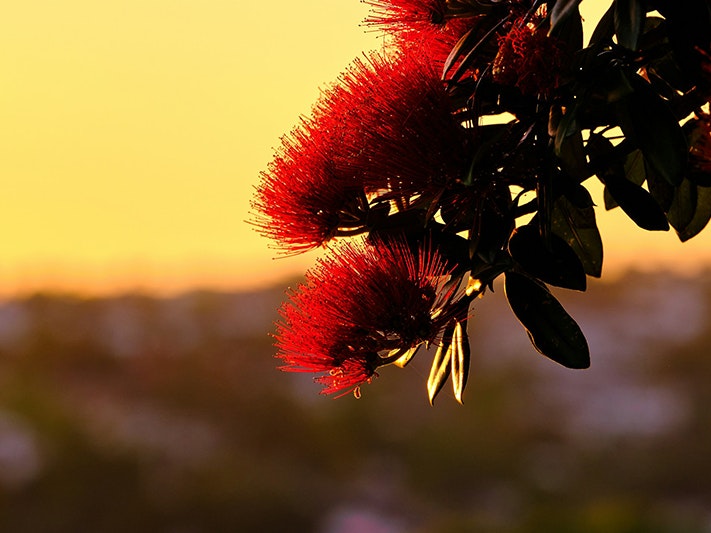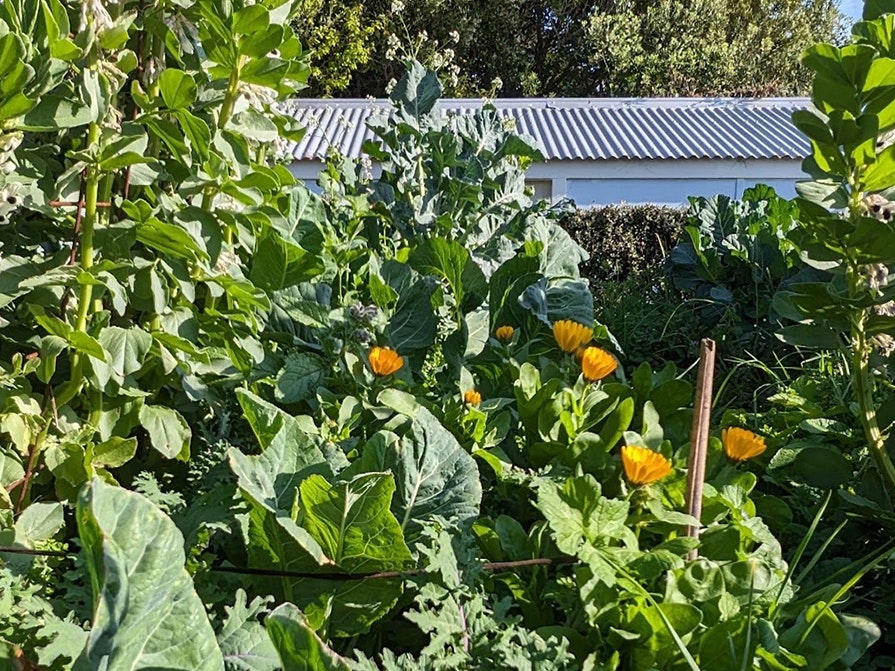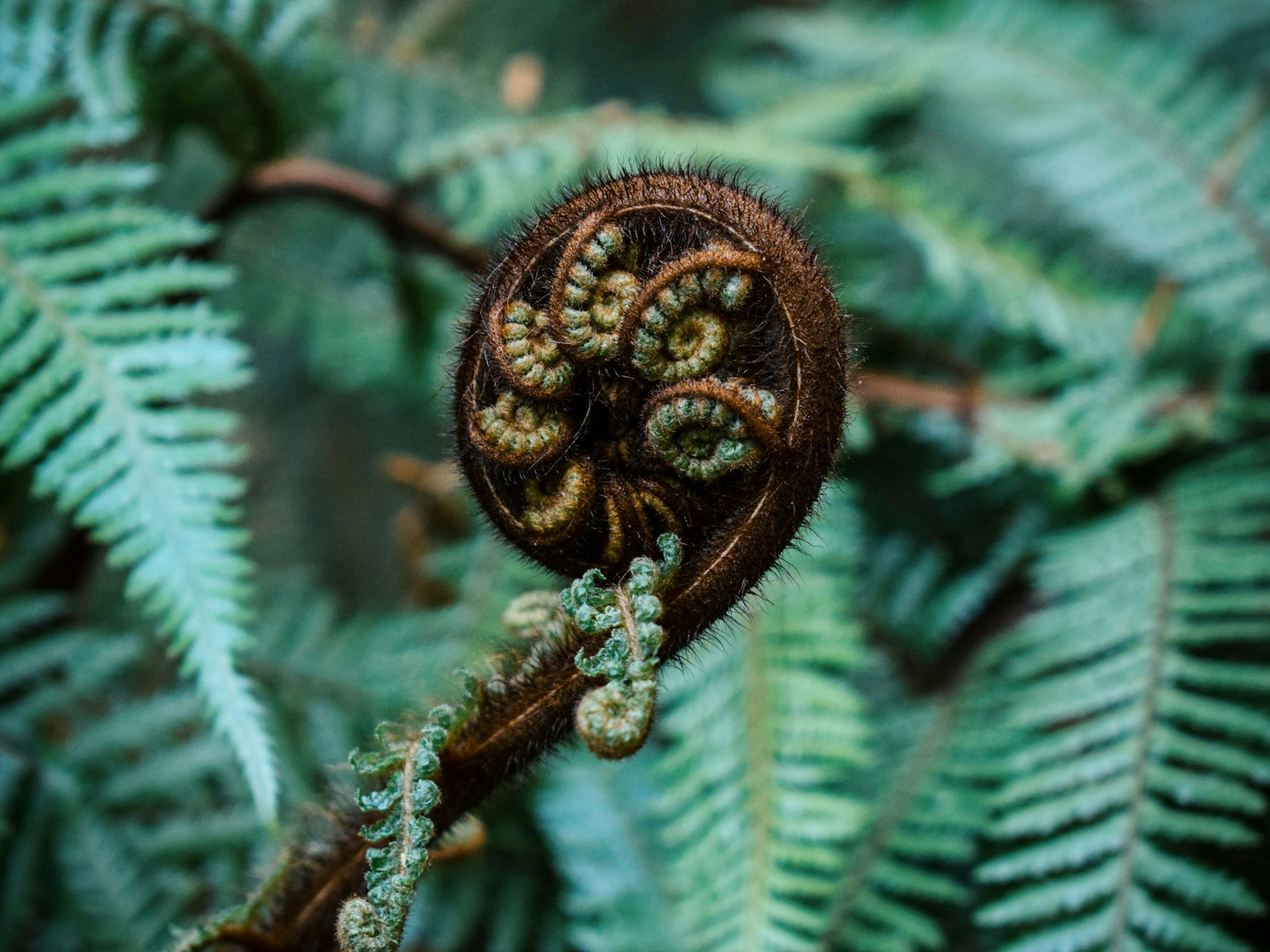
Activity A: The rhythms of te taiao
Observe the passing of time using environmental indicators.
Free museum entry for New Zealanders and people living in New Zealand
Open every day 10am-6pm
(except Christmas Day)
Free museum entry for New Zealanders and people living in New Zealand
Explore what kaitiaki could mean in your context.
|
He pitopito kōrero As we have seen, hapū and iwi developed and adapted tikanga over time to support the vitality of their environment so that they could thrive inside an active relationship with te taiao. Tangata whenua have a connection to the land as kaitiaki, alongside other living creatures, that is enduring and permanent. Mana whenua interacted with local ecosystems and developed tikanga as kaitiaki. These practices have come from intergenerational knowledge and practice in an environment. When to plant, hunt, fish, harvest, and store harvests are all parts of being an active kaitiaki for abundance. These knowledges mean that hapū and iwi remain kaitiaki – guardians of the mana, the tapu, and the mauri of local environments. This is why rāhui (prohibitions) are still called by mana whenua as a way of protecting the whenua or the moana when it needs extra care. The relationship with te taiao as kaitiaki is two way and based on mutual respect and care. Mauri, or life force, in the human body is interlinked with the mauri of te taiao. We look after te taiao, and te taiao will look after us. |
Discuss with your friends what you think the word ‘kaitiaki’ means.
Watch the video above, in which people from the Manaaki Kaimai Mamaku Trust discuss what kaitiakitanga is about.
Discuss again what kaitiaki might mean – what parts of your original explanation would you like to flex or change?
Tane – Lord of Life 1986, by Hinerangi To Ariari (Winifred Belcher)(Ngāti Pikiao, Ngāti Rangiteaorere, Ngāti Uenuku Kōpako, Ngāti Whakaue, and Te Arawa), acrylic on board. Te Papa (2002-0033-4)
Hinerangi To Ariari Winifred Belcher painted this beautiful painting, Tāne – Lord of life, in 1986. In the painting, you can see many of the children of Tāne wrapped around a hei tiki at the centre.
There are many understandings about hei tiki. Sometimes they represent Tiki, the mythical first human. Sometimes they represent the unborn. Sometimes they are thought to represent Hine-te-iwaiwa, associated with fertility and Māori womanhood.
In this painting, the hei tiki may represent humans. Human beings are the very youngest siblings of the children of Tāne. As the youngest child, we are not the master but are called on to be in humble service to all the older children of Tāne.
Overlaid across the painting are energetic lines that may represent the mauri, or interconnected lifeforce that exists between all living things under Tāne, or perhaps Tāne himself. All living things are connected and we are part of that connected world.
Would you like to go on a treasure hunt? In Tāne – Lord of life there are artistic representations of many species from te taiao. Leon Perrie, a botany curator from the natural history team at Te Papa, can spot the following specimens:
Akeake – Dodonaea viscosa
Hīnau – Elaeocarpus dentatus
Horoeka | Lancewood – Pseudopanax ferox
Kauri – Agathis australis
Kawakawa – Piper excelsum
Koromiko – Veronica stricta
Kōtukutuku – Fuchsia excorticata
Kōwhai – Sophora
Mātai – Prumnopitys taxifolia
Puawhananga – Clematis paniculata
Pukatea – Laurelia novae-zelandiae
Pūriri – Vitex lucens
Rangiora – Brachyglottis repanda
Rātā – Metrosideros fulgens
Rengarenga – Arthropodium cirratum
Rewarewa | NZ Honeysuckle – Knightia excelsa
Tanekaha | Celery pine – Phyllocladus trichomanoides
Taraire – Beilschmiedia tarairi
Tawa – Beilschmiedia tawa
Tōtara – Podocarpus totara
How many of these plants and animals can you identify? Print out, or project this high-resolution image of Tane – Lord of life to help you with your spotting adventure. Take a walk around your local ngahere and see how many you can get to know.
Being kaitiaki is about being in living relationship with te taiao. Watch this video of Graeme Atkins (Ngāti Porou, Rongomaiwahine) engaging with the heartbreak of ramarama and myrtle rust.
Engage with an expert in biodiversity in your area to find out about what needs your kaitiakitanga urgently
What are the children of Tāne that are present in the ecosystems that surround you?
In what ways might we be able to be of service to them?
Design posters, social media posts or newsletter videos to educate your community on the biodiversity that used to exist in your area and the actions the community can take to help these children of Tāne thrive once more.
Be inspired by some of the beautiful environmental protest images Te Papa looks after. The poster below was designed by cartoonist and illustrator Trace Hodgson for Greenpeace a month after the French bombing and sinking of its protest ship Rainbow Warrior in July 1985.
‘When the earth is sick’ poster, August 1985, by Wellington Media Collective, Trace Hodgson and Greenpeace. Te Papa (GH024655)
|
“When we talk about food sovereignty in Aotearoa…we also need to think about our indigenous flora and fauna…the foodscapes from which our tūpuna (ancestors) used to eat. |
Kei hea te komako e ko, 2014, by Neke Moa. (Ngāti Kahungunu, Ngāi Tahu, Ngāti Porou and Ngāti Tūwharetoa) Te Papa (2015-0016--1/A-T to T-T)
These twenty individually shaped pounamu rings, with red paint detailing, form a single work called Kei hea te komako e ko? (‘Where will the bellbird sing?’) by Neke Moa (Ngāti Kahungunu, Ngāi Tahu, Ngāti Porou, and Ngāti Tūwharetoa). It explores the relationship of people with land and place.
Neke Moa is of Ngāi Tahu descent. Ngāi Tahu are the cultural owners of pounamu, and she describes pounamu as ‘culturally charged.’ The shape of the rings represent the pōria kākā, bird-tethering rings, which were placed around the legs of domesticated birds – usually native parrots – which were then used to entice and capture other birds.
Watch this video of Atamira Tumarae-Nuku talking with Tait Burge about kaitiakitanga and mana motuhake in Te Urewera.
|
Discuss: What words would you use to describe your relationship to te taiao? What material would reflect your relationship to place and why? What historical practice did your ancestors partake in in relation to te taiao? What whakataukī (proverb, saying) inspires you to develop your relationship to te taiao more? |
Watch this video about Te Kawarau ā Maki working as kaitiaki of Waitākere.
|
Discuss: What are some of the contrasts that exist between mātauranga (Māori knowledge) and Western science? What are some of the messages that Te Kawarau ā Maki elders and experts have to say about being kaitiaki? What might be some of the lessons we could take from this example for participating in conservation efforts in our own area? |
Explore mana whenua’s aspirations for regeneration and restoration in your area. How can you support the kaitiaki of your area to help make their aspirations a reality? Have a look through the extra links for the extra curious section for brilliant examples of community supporting mana whenua in te taiao.

Observe the passing of time using environmental indicators.

Consider some of the mātauranga (knowledge) involved in the growing of marā kai (food gardens).

Go down amazing wormholes with this curated suite of links.